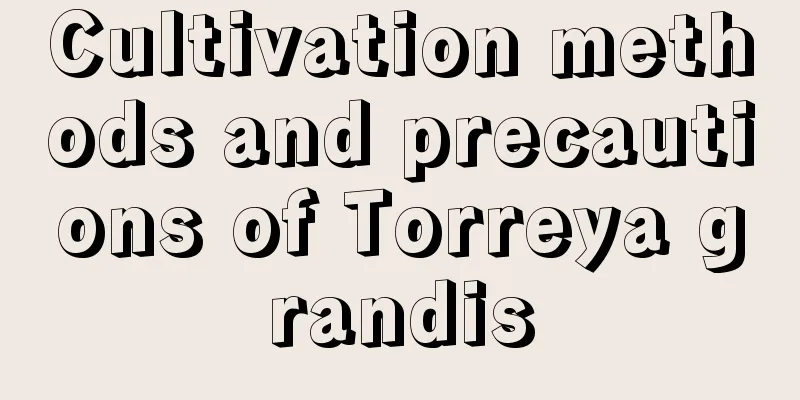Cultivation methods and precautions of the hibiscus flower

How to grow the hibiscus flowerPot soil selectionWhen planting the curled flowers in pots, you can choose loose, fertile, humus-rich sandy soil, or you can use garden soil and fine sand and add some base fertilizer. The flowerpot should be selected to suit the size of the hibiscus flower and should be replaced as the hibiscus flower grows. Light and temperatureThe hibiscus flower likes a growing environment with plenty of sunlight. It is relatively cold-resistant and avoids heat. During the growing season of the Berberis odoratus, it needs to be exposed to sufficient light and can be placed in a sunny place outdoors for maintenance. The suitable temperature for the growth of Flexus chinensis is between 15℃ and 35℃, and attention should be paid to the hot summer. Watering and fertilizingBerberis cernua is afraid of both drought and waterlogging, and needs to be watered moderately. In spring and winter, the soil in the pot should be kept moist. In summer and autumn, it should be watered once every morning and evening. Watering should also be increased when the temperature is high and there is little rain. The amount of fertilizer applied must also be controlled. If too much fertilizer is applied, the plant will grow too tall. On the contrary, too little fertilizer will cause the plant to grow poorly, the leaves will turn yellow and the flowering will be reduced. During the peak growth period in spring and summer, more fertilizer is needed. In autumn, growth slows down and fertilizer can be reduced. The plant is dormant in winter and no fertilizer is needed. Reproduction methodFor the propagation of the genus Ipomoea, bulbs are used to produce bulbils. Bulbs can be cultivated from bulbils, scales, small bulbs and seeds. Things to note when growing hibiscuspruneThe plants of the hibiscus flower need to be adjusted during their growth period. When seedlings emerge, only the strong stems of the layering are retained. During the growth process, some flower buds and flower buds should be cut off to promote the growth of the plant. After the hibiscus flowers bloom, the remaining flowers should be cut off to extend the flowering period of the hibiscus flowers. It is also necessary to cut off the overly long, overly dense, dead and diseased branches of the Curcuma at any time to ensure the good growth of the Curcuma. RepottingPotted hibiscus flowers need to be repotted and soiled every 2 to 3 years to facilitate further growth of the plant. Pests and diseasesThe main diseases and pests of the hibiscus flower are gray mold, black spot, rust, white grubs, aphids, etc., which need to be sprayed for treatment. |
<<: The breeding methods and precautions of Liubeili
>>: Peacock wood cultivation methods and precautions
Recommend
When and how to plant carrots
Planting time for carrots Small red radishes are ...
What is best to grow together with cucumbers?
Cucumber is a very common vegetable in our daily ...
What kind of soil is suitable for hyacinth? Can hyacinth be grown at home?
1. What kind of soil is suitable 1. Requirements:...
When is the best time to prune peach trees?
When is the best time to prune peach trees? The b...
Can perlite be used to grow succulents?
Can perlite be used to grow succulents? Perlite i...
How often should I water the fortune tree in summer?
How often should the fortune tree be watered in s...
How to breed petunia and what to pay attention to when breeding
Petunia breeding method The common methods of pet...
How to care for zinnia in four seasons
Spring care for zinnias Suitable for placement on...
How to shape elm bonsai and what to do with yellow leaves
1. How to raise 1. Light: Elm trees prefer a grow...
Monstera cultivation techniques and precautions
Monstera has become a leader among indoor plants ...
What flowers are suitable for growing in Haidong, and what are the city flowers and trees?
1. Climate characteristics of Haidong Haidong has...
How much is the average yield of eggplant per mu? How much is the profit of planting eggplant per mu?
Eggplant yield per mu Eggplant is a common vegeta...
Cultivation methods and precautions of Guanyin Lotus
The Alocasia odora is a succulent plant of the ge...
Can edamame shells be used as fertilizer? Can they be dried and used directly as fertilizer?
Edamame shells are rich in vitamins and trace ele...
Cultivation methods and precautions of bird's nest fern
How to grow bird's nest fern Planting of Bird...









